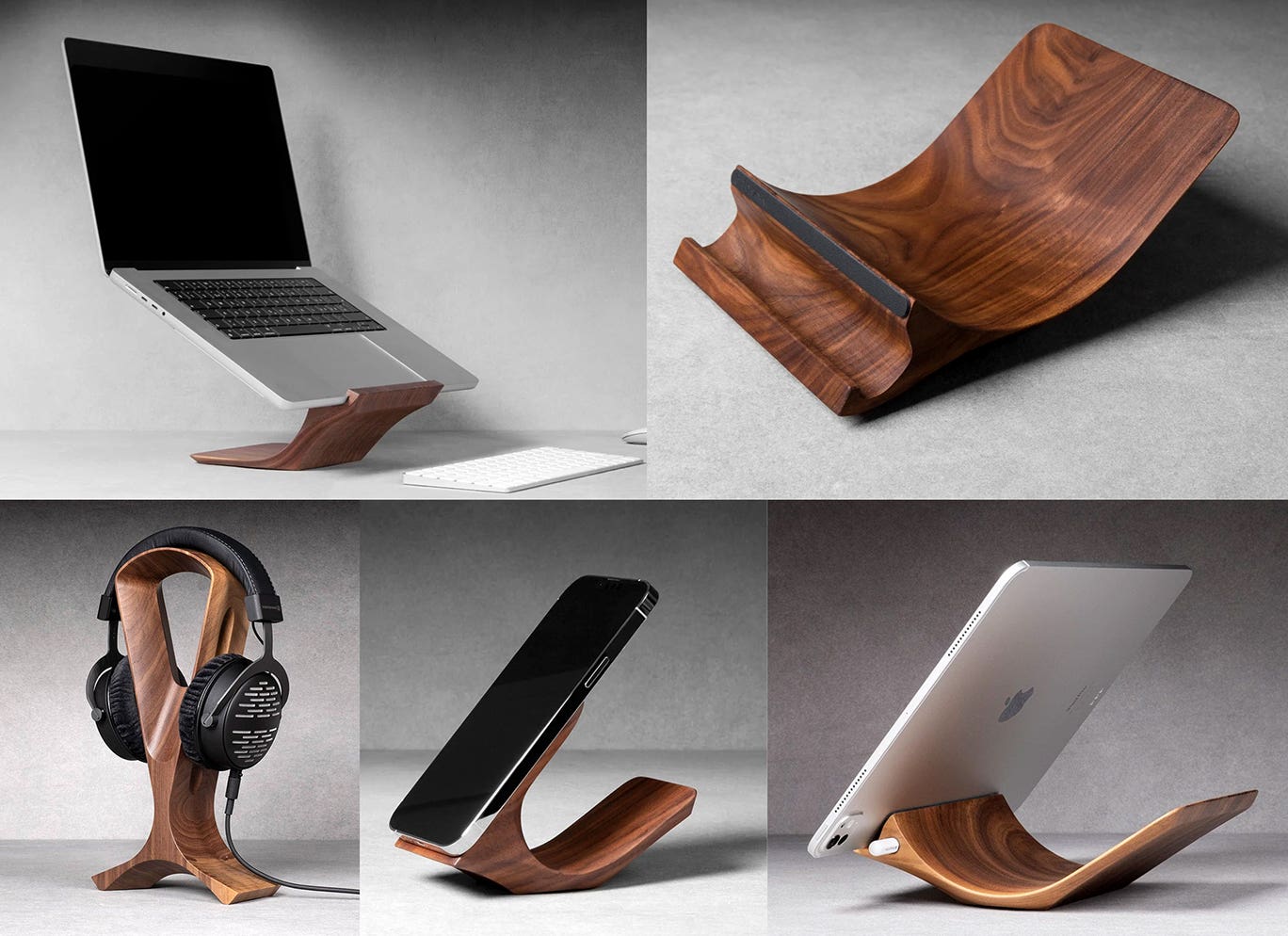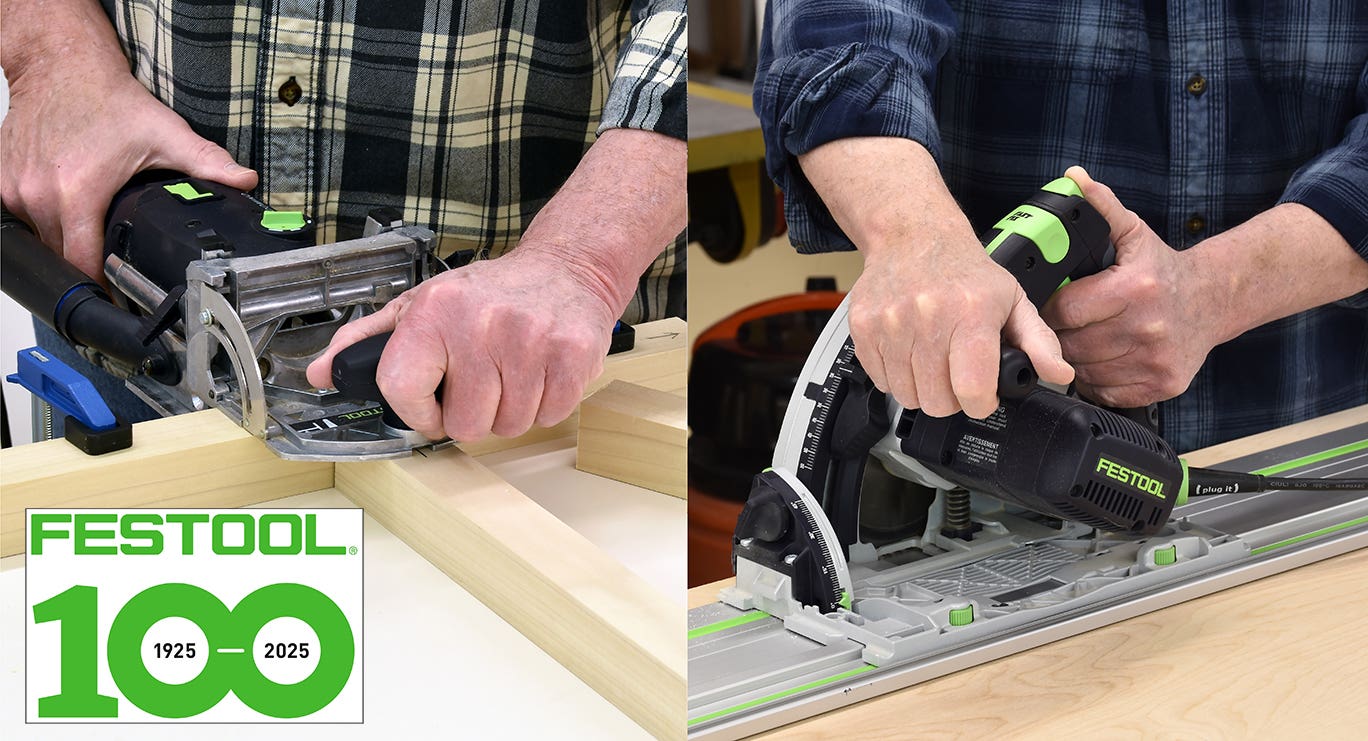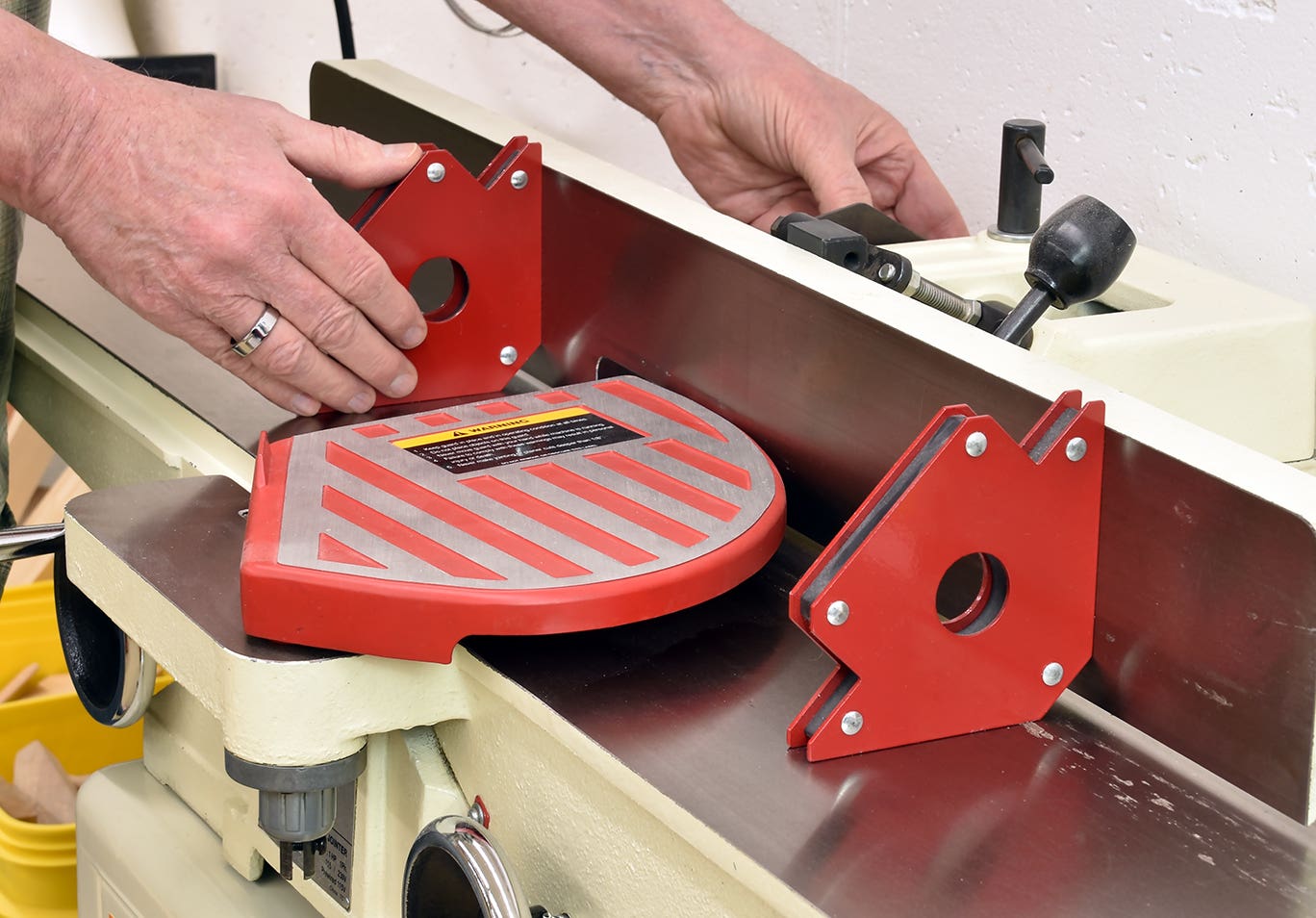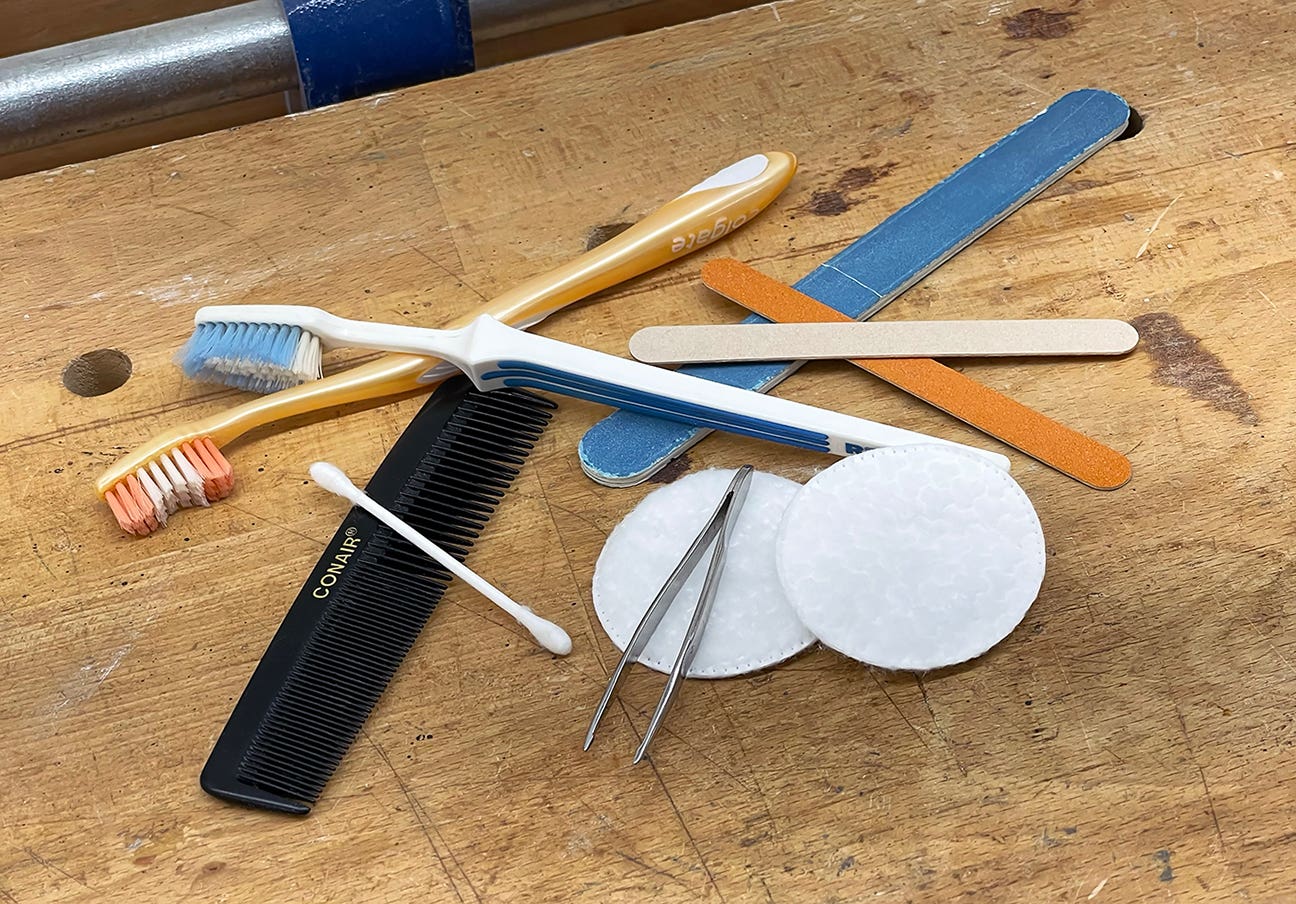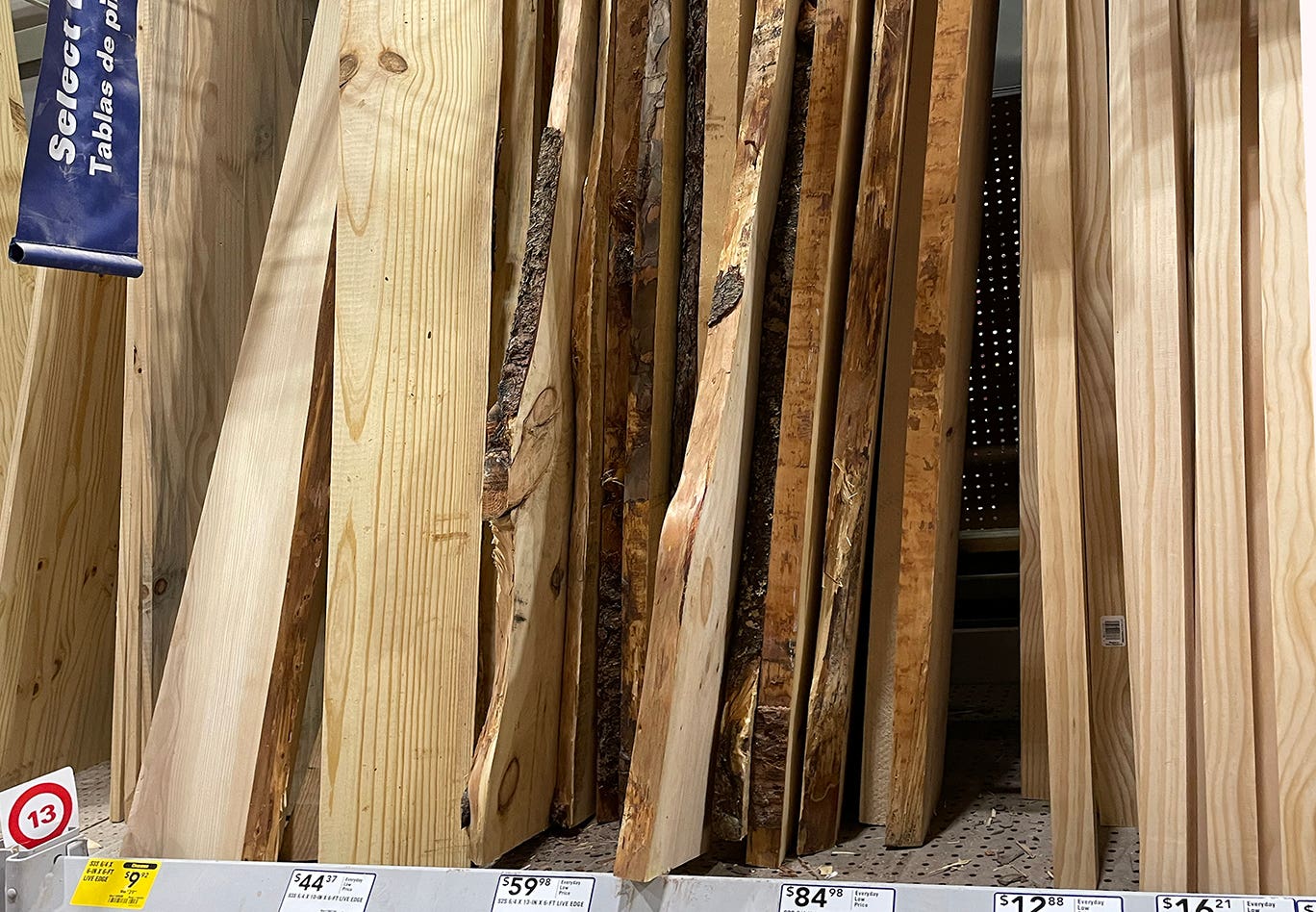The Great Brewster Chair and how it was recreated
Arguably, the highest art of furniture restoration is recreating age. The ethics of doing so can be debated, but it’s still very difficult. So I love this story.
Arguably, the highest art of furniture restoration is recreating age. The ethics of doing so can be debated, but it’s still very difficult. So I love this story.
In the 1620s, soon after the Pilgrims landed from England, a cabinetmaker, John Alden, made a chair for William Brewster, a passenger on the Mayflower and the ruling Elder of the Pilgrim Church. The chair was made of ash and was designed to resemble a throne — appropriate for a man of Brewster’s importance. After Brewster died in 1644, a second chair was made.
Brewster’s chair has survived and is on display in Pilgrim Hall in Plymouth, Mass. The second chair was discovered in the early 1900s by Wallace Nutting and is held in the collection of the Metropolitan Museum of Art in New York.
In his highly respected and widely reprinted 1928 book, “Furniture Treasury,” Nutting made the following statement in the caption under the photo of the chair he had found: “There are only one or two others.” And so the story begins.
In the winter of 1968-69, Armand LaMontagne, a woodcarver and part-time builder of houses and furnishings in the manner of the 17th century, went with a friend to a museum in Hartford, Conn. The two men, wearing work clothes and boots, were overheard by a museum official criticizing the repair and refinish jobs that had been done on some of the furniture in the collection and were asked to leave.
Inspired by a wish to “show them,” LaMontagne decided to create an “antique” so good that it would fool the experts. He had noticed the sentence under the photo of the Brewster chair, also known as the Great Pilgrim Chair, in Nutting’s book, so he decided he would make a third chair.
Making the chair
LaMontagne knew that one of the tricks to successfully faking a handmade antique is to avoid making an exact copy. Craftsmen rarely made identical copies from the same materials, so doing this might send a signal that something wasn’t right. The first step was to change the wood he used. Both known Brewster chairs were made of ash, so he decided to use oak.
Oak had been the popular wood in England, so LaMontagne reasoned that it would have been natural for early craftsman to use oak here until the discovery that native ash was easier to turn. Maybe his oak chair would even be seen as predating the other two chairs.
To get the wood, LaMontagne felled an oak tree on his property and turned the parts while the wood was still green. The shrinkage that occurred as the wood dried changed the shape from cylindrical to oval, imitating what happens to very old turnings.
For his second deviation, LaMontagne decided to place an odd number of spindles in each row instead of the even number in the original chairs. This change would have been reasonable for the Pilgrims to make, but unreasonable in a fake.
Adding wear
To recreate the wear a 300-year-old chair might go through, LaMontagne gouged out the top of one of the front legs, cut out the two end spindles in the lower front row to make room for someone to rest their feet and ground away some of the wood to imitate the damage shoes would have done.
He also burned every exposed surface with an acetylene torch to eat away the softer parts of the wood, as would have happened naturally across three centuries and removed the char with a deburring compound that didn’t leave scratches like a wire brush would have done. Then he bleached all the parts to remove the carbon left behind by the flame.
Finally, LaMontagne put the chair in his “time machine,” a smoker made from a large steel drum standing vertical. He built a fire in the bottom of the drum using green wood chips to create a lot of smoke without a great deal of heat. Then he suspended the chair over the fire for several days. The smoke penetrated the outer surfaces, giving them a dry, brownish look.
After removing the smoky smell, La Montagne added three centuries of dust by mixing one part white glue with 10 or 15 parts water, applying it to the chair, and blowing on normal household dust he had vacuumed from his house. Finally, he waxed the chair to spread the dust and remove it from unwanted places.
Marketing the chair
To get the chair into the antiques market, LaMontagne got the help of a friend who sometimes sold antiques to dealers. The friend put the chair in his house where dealers would see it, but didn’t represent it as anything special. He would let the dealers come to their own conclusions.
He left the room and watched through a keyhole the dealers inspecting the chair. One of the dealers offered to take the “old junky” chair off the friend’s hands along with some other objects he had bought.
Once on the market, the chair was traded several times among dealers for increasing amounts of money until it was sold in 1970 to the Henry Ford Museum in Dearborn, Mich., for $9,000. In 1975, the museum issued an official publication, “American Furniture 1620-1720” featuring LaMontagne’s chair on the front cover.
LaMontagne had never tried to hide what he was doing, nor had his friend who gave the chair away, but LaMontagne still enjoyed telling his friends about the chair he had made. Gradually, rumors spread in the antiques community that the Great Brewster Chair in the Henry Ford Museum was a fake. But the experts at the museum had thoroughly checked out the chair and were convinced that it was the real thing.
However, LaMontagne had indisputable evidence it wasn’t. He had deliberately used a modern bit to drill the holes in the leg posts and he had kept the two spindles he had cut from the front of the chair.
In 1977, a friend of LaMontagne’s wrote an article describing the making of the chair. This set in motion a series of events that led the museum to X-ray the chair and realizing its error.
What to do? In a moment of creative genius, the museum decided to display the chair as an example of a fake antique. Years later, when LaMontagne was visiting in the Midwest, he stopped by the Henry Ford Museum to see his chair. But it wasn’t there. It was out on tour.
Bob Flexner is the author of “Understanding Wood Finishing” and “Flexner on Finishing.”
This article originally appeared in the July 2017 issue.


